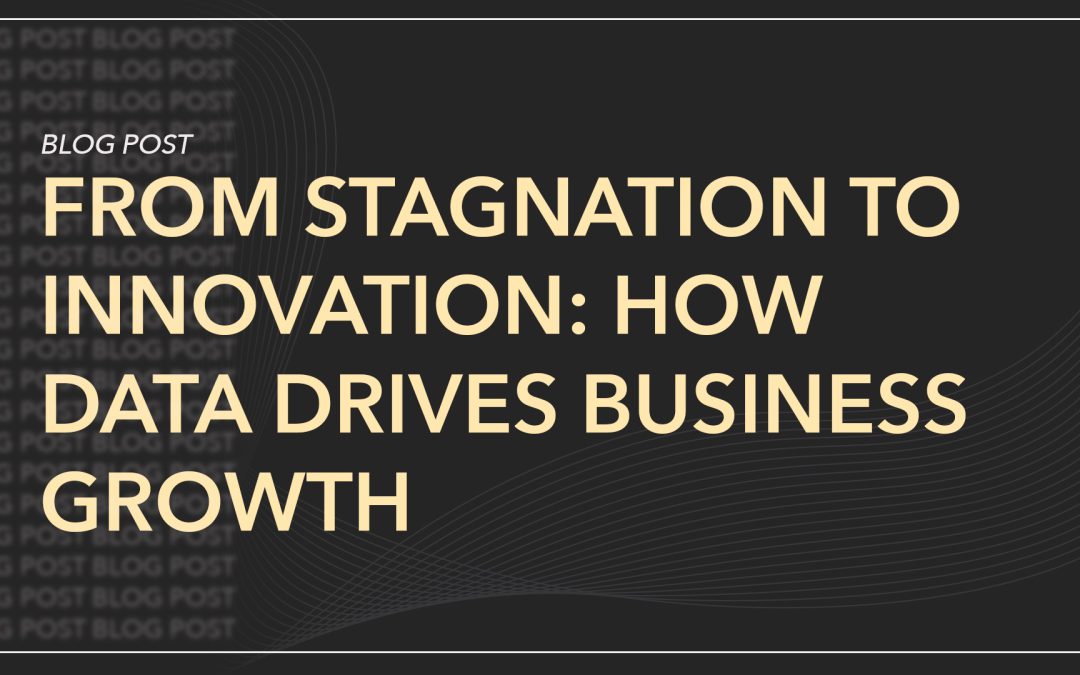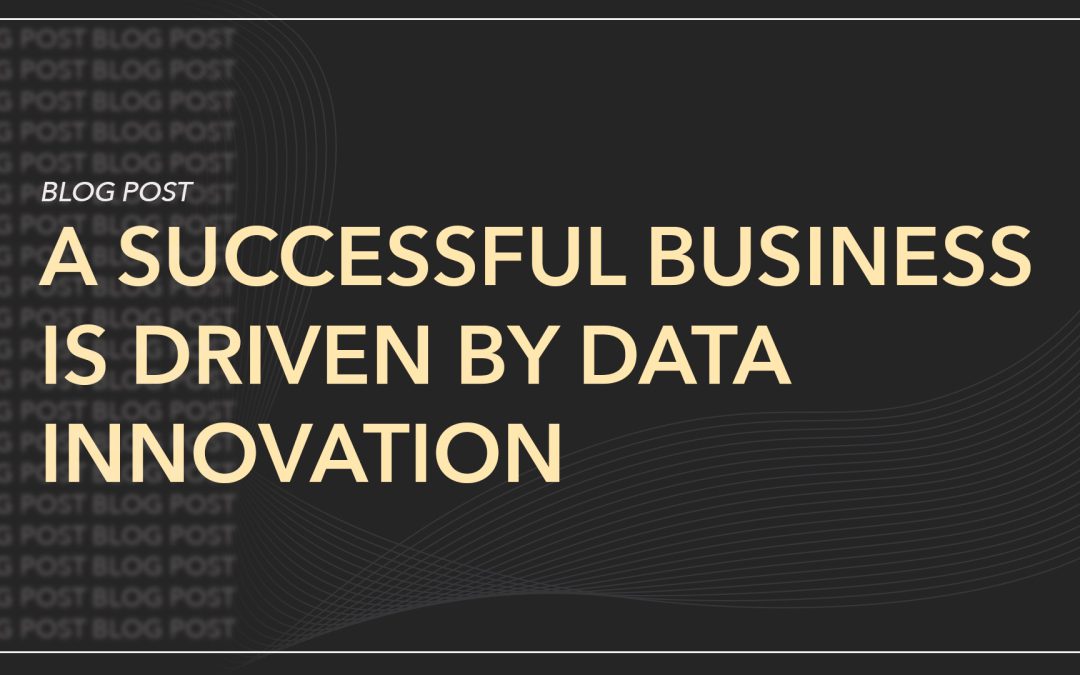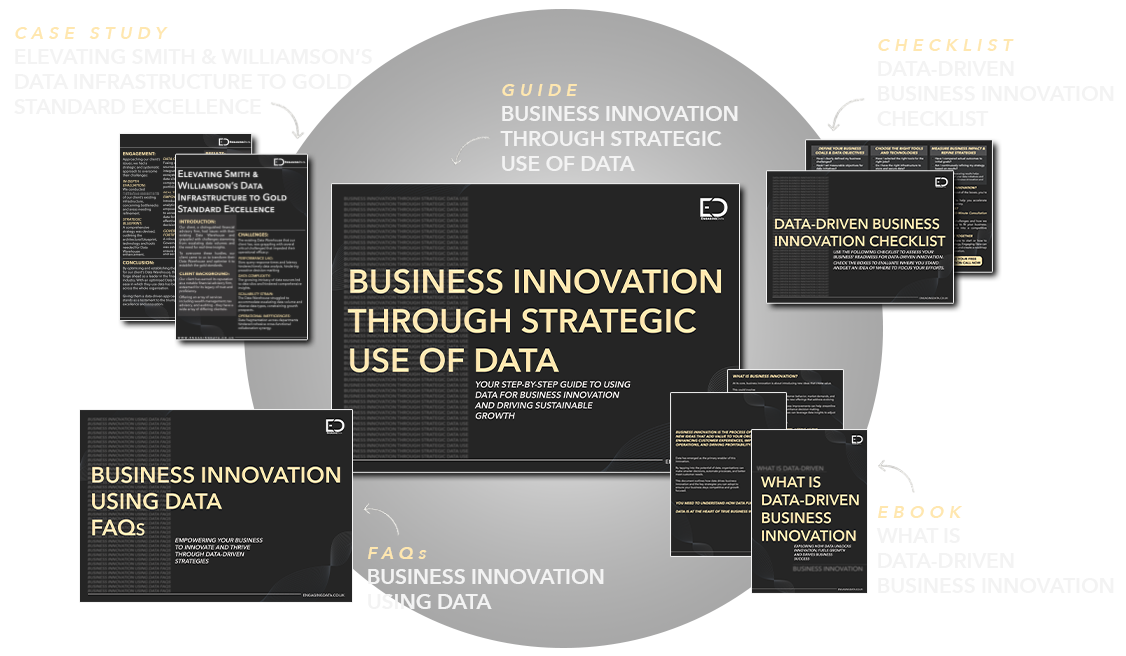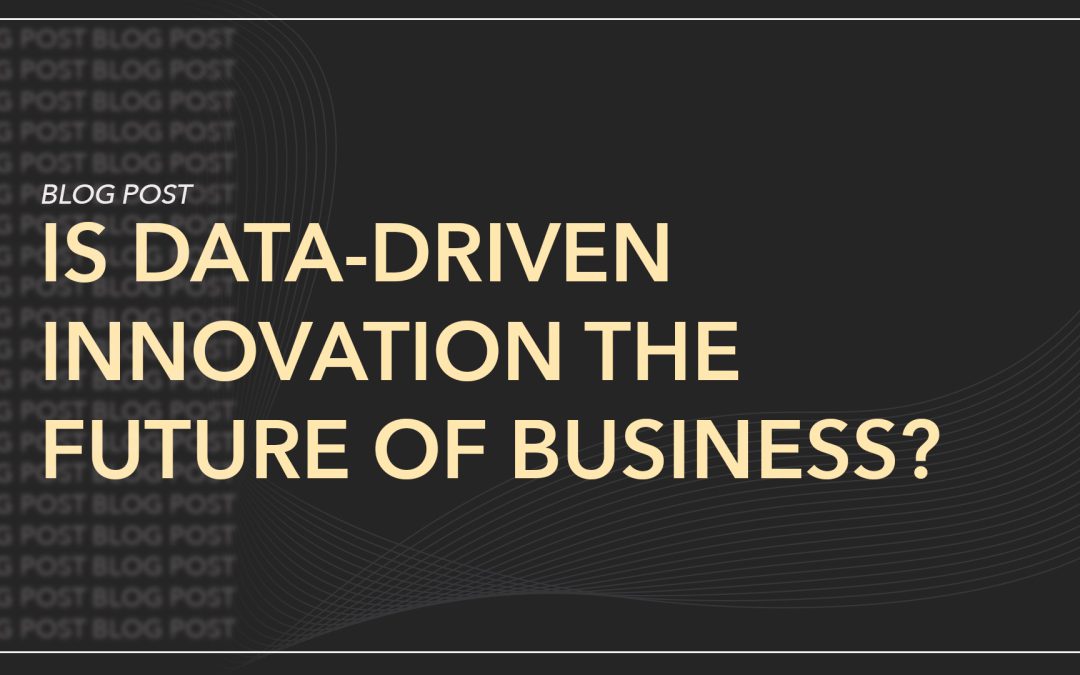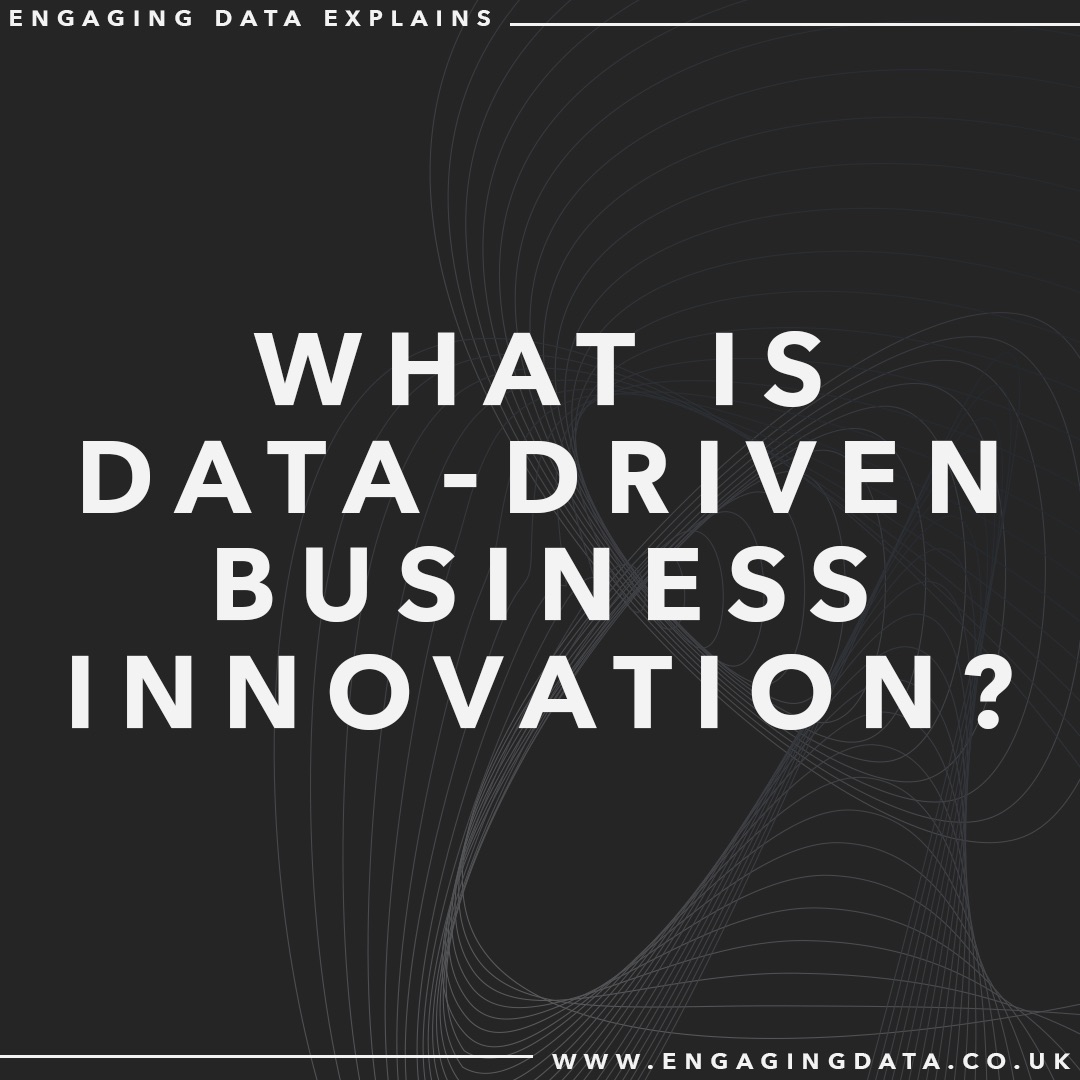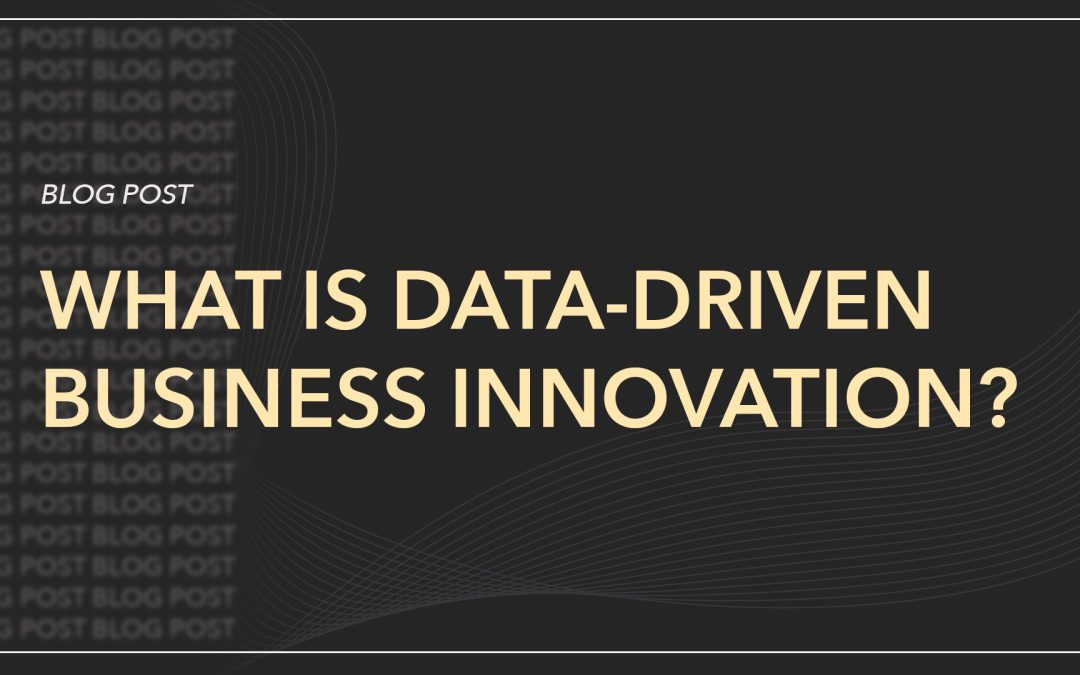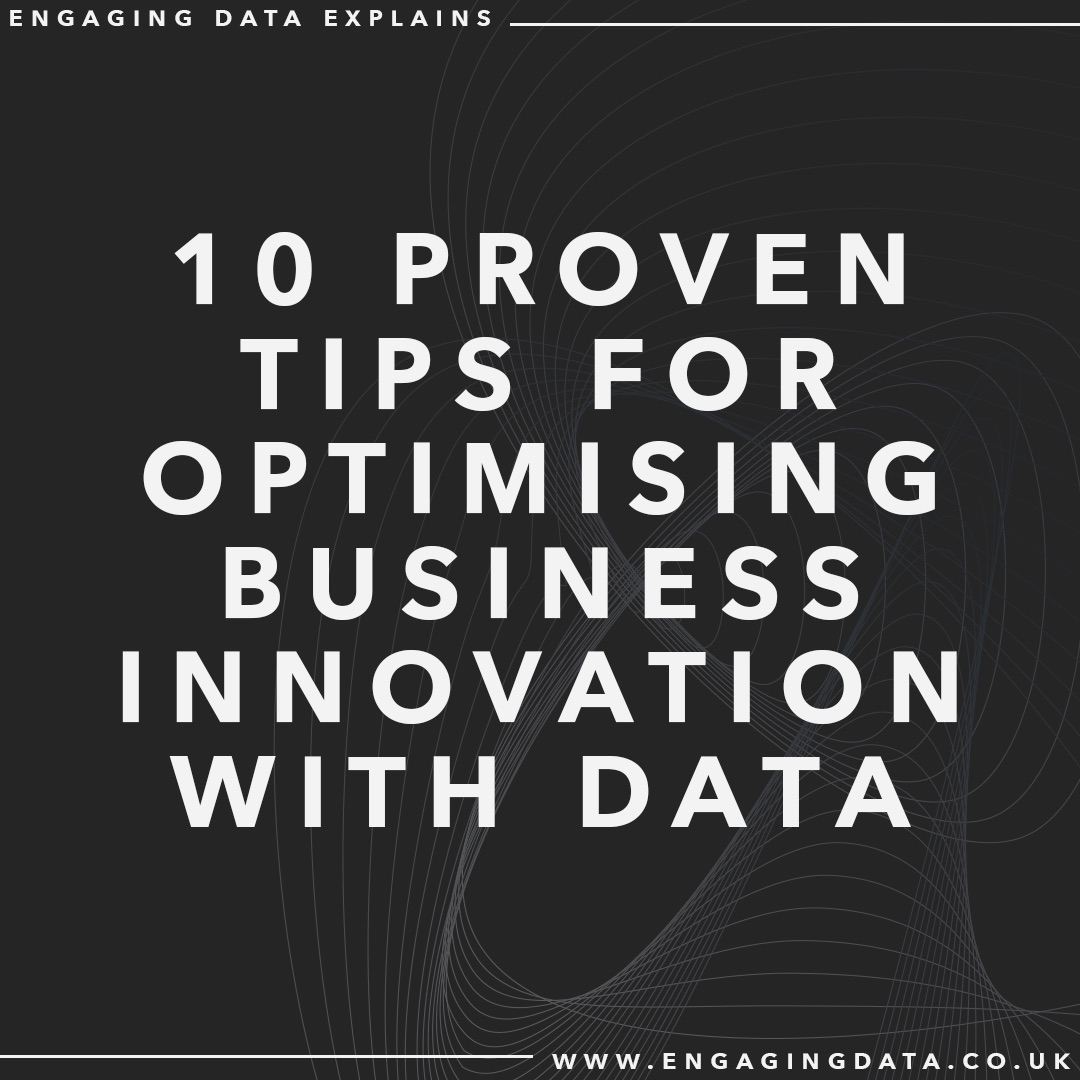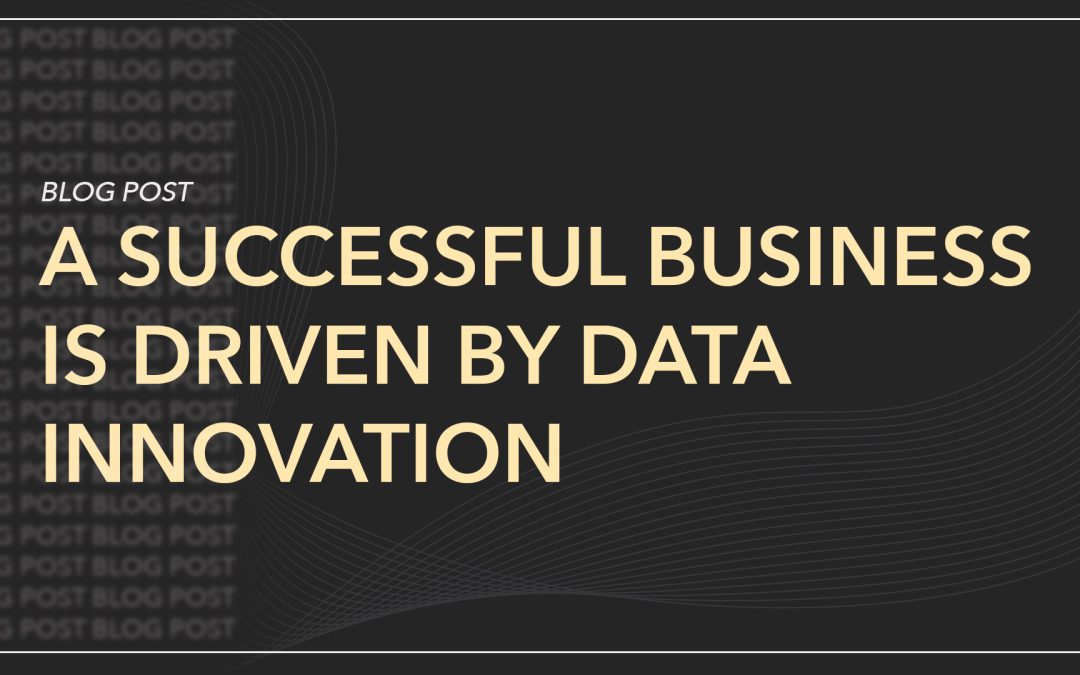
Data Transformation vs. Data Migration: Which is Right for Your Business?
Data Transformation vs. Data Migration: Which is Right For Your Business?
The High-Stakes Choice to Become a Data-Driven Organisation
If you’re leading a business wanting to become truly data-driven, you’re probably facing a pressing question: How do we modernise our data infrastructure without disrupting operations to become data-driven and drive innovation?
With AI, real-time analytics, and regulatory demands evolving at pace, the wrong approach to data modernisation and innovation can lead to inefficiencies, compliance risks, and wasted investment.
Yet, too often, we see businesses rush into a ‘lift-and-shift, migration or an overcomplicated transformation project without a clear business case.
So, which approach is right for your business?
Let’s get into it!
Learn more about how to innovate your organisation with data initiatives.
Check out this blog post.
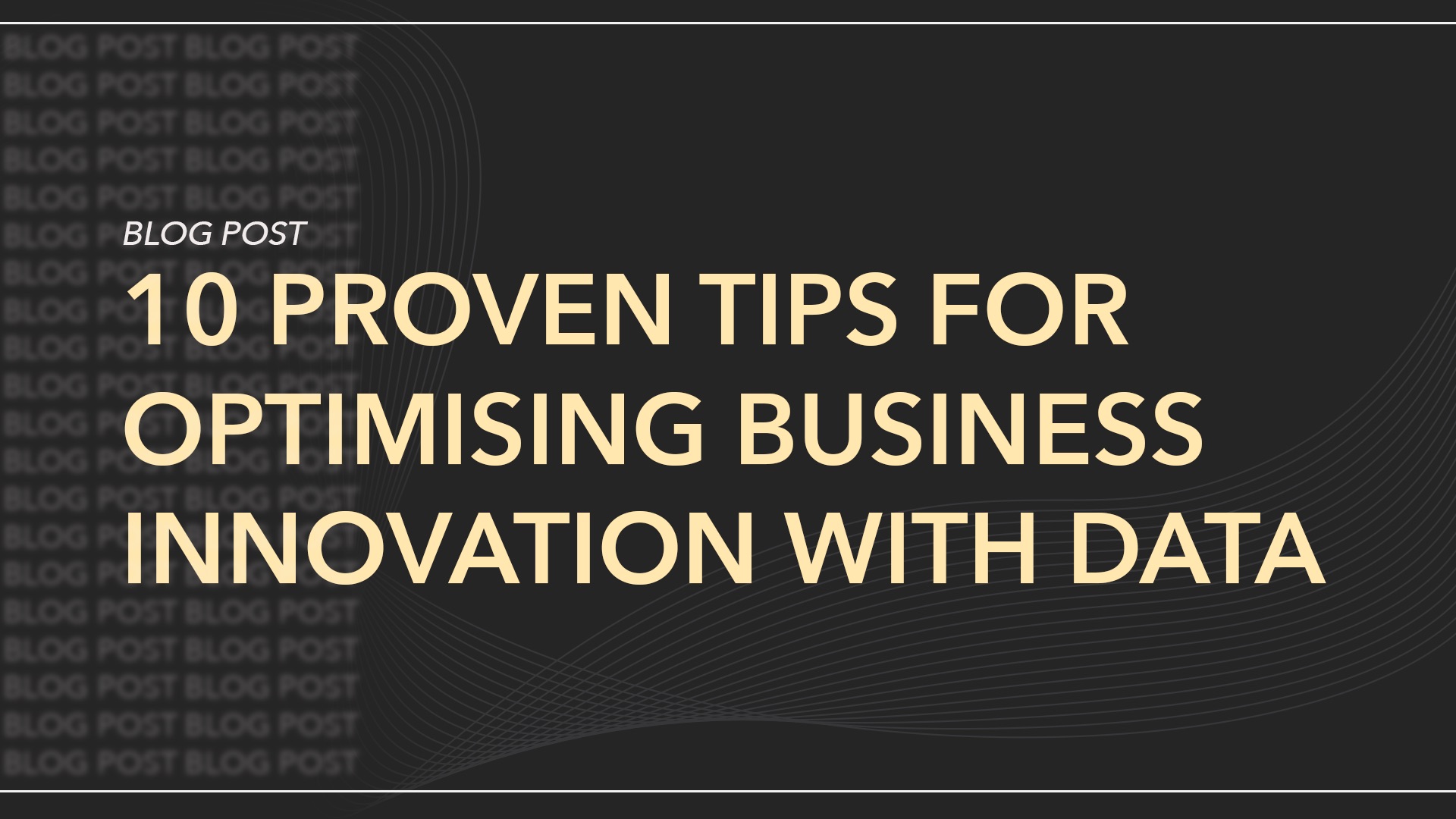
The Fundamental Difference Between Data Migration and Data Transformation
Data Migration: Moving Data from One System to Another
What is it? The process of transferring data from one system to another with minimal structural changes.
Example: A Financial Services firm moving from an on-perm legacy database to a cloud-based infrastructure for better scalability.
Why business choose migration:
- Cost effective compared to full-scale transformation.
- Faster implementation with minimal business disruption.
- Necessary for system upgrades or moving from outdated platforms.
Common Pitfall: Many businesses assume migration alone is enough.
But moving messy, unstructured data into a new system does not solve inefficiencies. It simply relocates the problem.
Data Transformation: Refining and Enhancing Data for Better Business Insights
What is it? Restructuring, cleansing, and optimising data to improve quality, usability, and decision-making.
Example: A Manufacturing company consolidating supply chain data across multiple sources to create a single source of truth for predictive analytics
Why businesses choose transformation:
- Enables advanced analytics, AI, and automation.
- Improves data quality, consistency, and accessibility.
- Enhances regulatory compliance and reporting accuracy.
Common Pitfall: Some businesses over-engineer transformation projects, adding complexity without clear ROI.
Transformation should be driven by business needs, not just IT capabilities.
How to Determine Which One Your Business Needs
To make the right decision, ask yourself:
- Are we moving to a new system due to outdated infrastructure or compliance risks? = Migration
- Are we struggling with inconsistent, siloed, or poor-quality data that hinders decision-making = Transformation
- Do we need to enhance AI, analytics, or automation capabilities? = Transformation
- Do we have a short timeline and need minimal disruption? = Migration (but with strategic data governance.
The most effective businesses don’t choose just one. They combine both.
Download Now
Take Your Next Step with Confidence
It’s time to unlock true value. Get the expert-backed Guide to Data Innovation.
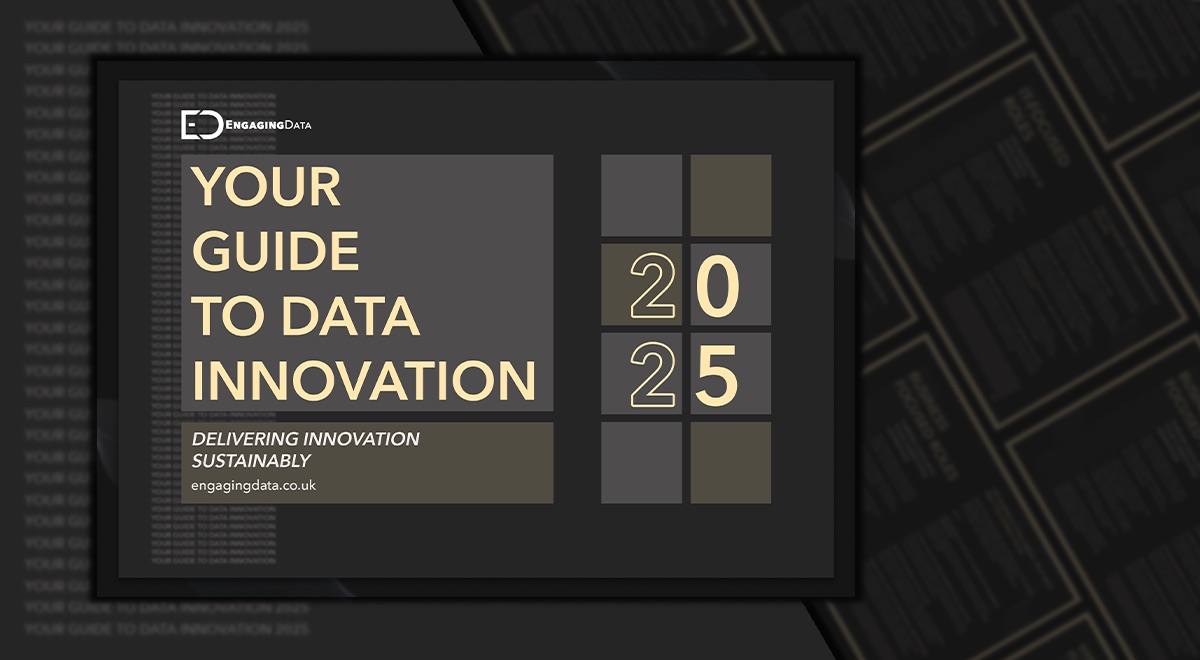
Common Mistakes That Lead to Costly Data Projects
For Financial Services: Ignoring regulatory compliance during migration, leads to fines and security risks.
For Manufactuing: Overlooking real-time data needs, causing inefficiencies in supply chain and production planning.
For Both: Assuming IT alone should drive the decision instead of aligning with business goals and ROI.
Additional Challenges:
- Underestimating Data Complexity: Legacy systems often contain redundant, outdated, and conflicting data.
- Lack of Stakeholder Buy-In: Transformation efforts fail when leadership, IT, and operations teams aren’t aligned.
- Failure to Future-Proof: Short-term fixes may lead to long-term inefficiencies if scalability and adaptability aren’t considered.
The Smart Approach – A Hybrid Strategy
Many organisations find that neither migration nor transformation alone is enough
Instead, they require a hybrid approach that strategically balances both.
Migration ensures that data moves into modern, scalable environments, while transformation enhances its accuracy, usability, and strategic value.
By integrating both processes, businesses can unlock powerful insights, drive automation, and ensure compliance while maintaining operational stability.
How to Execute Successfully
- Assess Current Data Health: Condust a full audit to identify gaps, inconsistencies, and compliance risks
- Define Clear ROI and Business Outcomes: Set measurable goals to justify the investment.
- Implement Phased Deployment: Minimise risk by gradually rolling out migration and transformation initiatives.
- Partner with Experts Who Understand Business and Technical Strategy: A data consultancy like Engaging Data can guide you through the process (shameless promo, not sorry about it!)
- Prioritise Security, Compliance, and Sustainability: Ensure all data initiatives align with regulatory and ESC requirements.
Real stories of Data Innovation That Delivered.
Discover how leaders transformed their data challenges into measurable outcomes – with Engaging Data by their side.

Final Words…
To summarise:
- Data migration is essential for moving systems but doesn’t fix poor data quality.
- Data transformation improves data usability, analytics, and complies by requires clear objectives.
- A hybrid approach – combining migration and transformation – ensures maximum business value.
- Avoid common pitfalls like overlooking compliance, failing to engage stakeholders, and underestimating data complexity.
- Future-proofing your data strategy now prevents costly issues later.
Why Act Now?
Waiting means wasted resources, lost insights, and higher costs later.
A strategic approach to data will define your competitive advantage in 2025 and beyond!
Book a Discovery Call
Start Innovating with Data in 2025
Ready to take the next step? Let’s talk!
In a 30-minute Discover Call, with you, we will understand your data challenges and goals, and how we can work with you to innovate.

